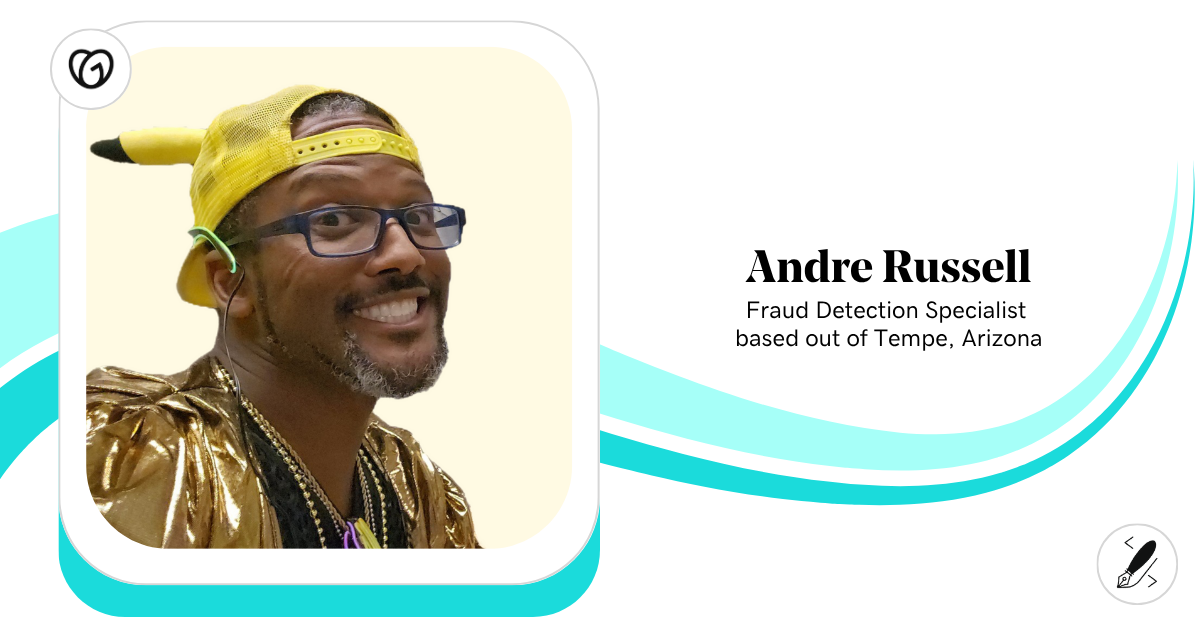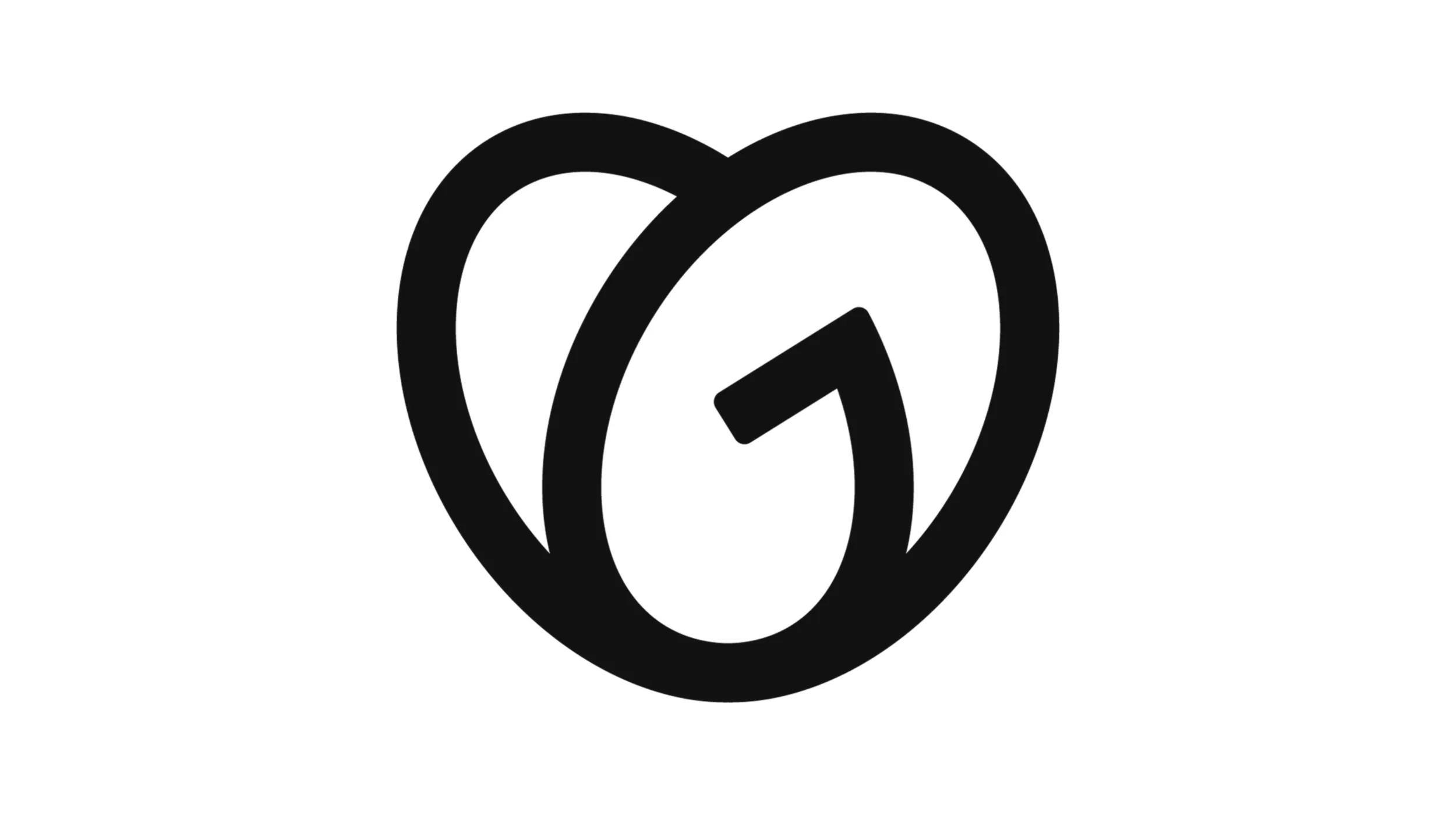Wondering how to take time off? You’re not imagining it — it has, indeed, become increasingly difficult to do. Whatever the cause (and we’ll get to that) the data suggests that the situation is dire.
On the surface, learning how to take time off isn’t mysterious or overly complicated. Yet, action and actual change remains elusive for many of us. Dive right into these 7 tips for taking more time away from work, or keep reading to learn about the tangible payoffs waiting for you when you do.
- Build systems that require you to work less.
- Book something.
- Genuinely look forward to your time off.
- Make it a routine.
- Get other people involved.
- Identify problem areas.
- Set real(istic) boundaries
Related: 18 self-care tips to promote entrepreneur health and wellness
What kind of time off helps?
There are different manifestations of productive time off. Here are some scenarios that aren’t included on that list:
- Sick days or medical leave
- Family leave
- Multitasking while being physically somewhere else
Rest is not simply the absence of work. It requires a replacement, and the most effective replacement is one that creates contrast. Uncomfortable as it might be in the beginning, time spent working should ultimately be replaced with something that fulfills your other needs.
Deciding to take more time off doesn’t always have to be grandiose.
For this conversation, let’s count any intentional break from work as time off. On the scale of micro-breaks to vacations, there are a whole host of benefits waiting for us.
But before exploring how to take time off and the real rewards that come with stepping away from work, let’s diagnose where work and non-work life balance explosively collide.
Why don’t we take more time off?
Is it our obsession with being busy? Lack of systems in place? Or are we just earnestly procrastinating taking time off?
Maybe we’re not to blame at all. After all, the work-from-home explosion of 2020 led to much longer workdays and destroyed many people’s work-life balance.
But, looking at data dating back to 2000, Forbes points out that “overwork is a longstanding problem.” And that’s never more apparent than when you look at taking vacation time. To get unaffected statistics on the U.S. workforce’s relationship with cashing in vacation days, we have to reach back to a time when the average person had never heard of a coronavirus.
The U.S. Travel Association reported in 2019 that 55% of American workers left vacation days unspent.
The ocean of statistics on entrepreneurs and their time off is much more shallow, but we don’t need Gallop to tell us that entrepreneurs struggle even more to take time off from work. There’s a chasm of opportunity for most of us to learn how to take time off. Maybe the benefits will sway us.
Related: Mindfulness for entrepreneurs — How to adopt a mindset that can improve your business and your life
Take more time off for your health
The irony here is apparent: The obsession with productivity has such a hold that we must convince ourselves that it’s productive to take more time off.
I mean, we’re already here — might as well lean into it and be blown away by the health benefits, don’t you agree?
We’ve all heard that not taking enough time off from work exasperates stress and the side effects of stress range from headaches to heart disease. Prolonged stress has detrimental effects on our mental and physical health.
That information isn’t new to most of us, but the problem with overworking is that for many people, it’s a constant state of being.
Taking an afternoon off to improve your mental health while still living in a state of overpowering stress is like using a ladle to bail out an overflowing bathtub while the tap is still running.
If it’s meant to offer any lasting health benefits, our ability to take more time off will need to be institutional in our lives, not used as a tool to simply pump the breaks right before collapsing. Instead, successful time off results in something called proactive recovery.
How to take time off: The case for proactive recovery

It’s elegantly simple: choose to fill up the tank before it runs low in the first place. We do this in many other areas of our lives. We all prefer to change the tires of our cars before running them thin and getting a flat. It would be ludicrous to wait for a cavity to brush our teeth.
About our ability to take more time off from work, proactive recovery is the process of catching ourselves right at the point where our performance drops, instead of waiting for a radical loss of productivity.
The big-picture buy-in is easy, but let’s zoom into the macro and find ways to implement taking time off today.
How to take time off in 7 ways
It won’t cost you a cent to initiate each of these actionable tips for taking more time off.
1. Build systems that require you to work less
Systems can be technical, like schedulers and automations. They can also be intangible, like pre-written emails or templates for FAQs, or hiring an assistant or virtual assistant (VA) to handle recurring tasks.
Focus on the three -IONs: automation, delegation and elimination.
A few simple systems worth exploring are:
- An away-from-computer bounce email (here’s how to set one up in Outlook and Google) with solutions to your most frequent requests (if applicable in your business).
- You also can set up automatic replies on Instagram and Facebook if you get frequent messages there.
- Use automated email sequences to nurture leads immediately.
- Leverage big-picture strategies, like SEO, to bring in potential customers and leads constantly.
- Explore an automatic calendar booking system, where clients and team members can book an appointment with you at any time. Add this feature to your website contact page or your automated away-from-inbox message and you’ll effortlessly maintain your appointments.
Editor’s note: If you created your business website using GoDaddy's Websites + Marketing, you can quickly and easily adapt your website to book appointments, meetings, events, classes and training sessions online.
Finding the right tools is a massive leap towards working smarter and not harder. Milon Mia, CEO of Milsales, described how this process transformed his ability to take more time off:
“I spent 12-18 hours per day working in the beginning for my own business and that took a very big toll on my social, emotional and physical life. I recommend that others not try to figure it all out on their own.”
Instead, he only works about 2-4 hours a day now. “I was able to do this because I built a team, leveraging others’ expertise and resources to propel me forward. The funny thing is now, I can achieve a lot more by working less.”
That’s the dream, isn’t it?
Related: 12 tech shortcuts to relieve work-life stress
2. Book something

A flight, a massage, a walk around the block with a neighbor — big or small, putting time off on the calendar makes it real. It also becomes an event you can prepare for. If your time off spans days or weeks, let your team or clients know in advance.
Present this information as a courtesy notification instead of a request for their blessing.
❌ “If no one objects, I’m going to be out of the office the first week of next month.”
Be firm and confident in your presentation.
✅ “This won’t affect the project deliverables, but I’m letting you know that I’ll be taking time off the first week of next month. I’ve blocked out those days on the calendar, so if you need to schedule a meeting with me, feel free to do so before or after.”
If this time away from work spans multiple days and involves travel, show that you’re not playing around by leaving your laptop at home! You get bonus psychological points if you spend money while scheduling your time off. When we spend money, we’re less likely to cancel or ghost a commitment. It also (should) create an endorphin build-up, which leads right to No. 3.
3. Genuinely look forward to your time off
It’s easy to misconstrue any time off as a success, but it’s not a pass-fail checkbox. There’s a scale. On one end, there’s taking time physically away from your work but still thinking about it. On the other end is something joyful, relaxing, distancing and creativity–inducing.
Who wants to think about their inbox the entire way through an afternoon movie with a friend? That’s not success. Eating yourself nauseous on butter popcorn and having an intense, consuming debate on which Marvel superpowers are most practical for daily life is a success.
But mental multitasking might be step one for you, and that’s OK. There’s likely a lot of unconditioning to do. If your trademark reaction to taking time off work is anxiety about deadlines, productivity or lost progress, it’s really important to reroute your mental reaction. Get the endorphins flowing the moment you commit.
The real payoff of learning how to take time off is bringing more joy into your life.
Then, rinse and repeat.
Related: How to take a vacation when you’re a solopreneur
4. Make it a routine
Guys' night is the first Saturday of every month. Coworking sessions that morph into wine happy hour every other Friday. A standing hiking date with a friend.
These breaks from work can be big or small, but you should institutionalize them into your calendar and life.
Maybe a mix of both is ideal. A common thread of success is that this opportunity for time off involves other people, which rolls right into tip No. 5.
5. Get other people involved
When I posed the question, “what motivates you to take more time off?” to my online network, the No. 1 response was to get other people invested.
Seeing your kids, friends or partner look forward to doing something together makes you less likely to procrastinate or fall through on your commitment to take more time off.
Another take on this same tip came from Aaron Gray, co-owner and teacher at Practice Makes Perfect Music Studio, who found that building up a reliable core team was fundamental to his ability to take more time off.
“While not everyone can have a co-owner, I do encourage small business owners to appoint a ‘second in command.’ Having this small team of reliable employees not only allows business to progress when I'm not there, but it helps me relax knowing that my business is running smoothly.”
This is only effective if you know what to delegate, so you’ll need to first identify problem areas.
6. Identify problem areas
If learning how to take time off is too big of a task to tackle at once, triage your business and look for problem areas you can pivot into opportunities. Once you identify a problem area, consider which of the three -ION words to apply: automation, delegation or elimination.
Your greatest pain points present your great opportunities.
Laurel Carpenter, the co-founder of Pearl Consulting NYC, shared her insight that led to the elimination of one of the most time-consuming business tasks: social media. “Neither of us are workaholics,” she said of herself and her partner. “We decided to stop doing social media management because it never stops.”
7. Set real(istic) boundaries
At the heart of learning how to take time off are boundaries and follow-through.
As Nadalie Bardo put it, we must “embrace the power of downtime to restore, replenish, revive and rejuvenate the body, mind and spirit.”
Fiber artist Emily McKenzie, the owner of Euca Design, finds that creating achievable boundaries and fully unplugging from work, even the creative side of work, results in more productive “on” time. “The nature of my work is creative and if I don’t nurture that, it shows. Taking breaks pays off in more ways than one.”
The American Psychological Association refers to this as not “exhausting the mental fuel.”
But what can you do if you truly can’t take much or any substantial time off right now?
3 things to do if you can’t take time off *yet*

Are you nodding along to the benefits of taking more time off, but it’s truly not in the cards for your workload right now? Here’s how to absorb some of the benefits anyway.
Combine work with taking time off. A simple manifestation of this is a working vacation, aka a workation where you work remotely from a stimulating and contrasting environment to your normal environment.
Institutionalize microbreaks. My favorite tool for this tactic is the Stretch Clock Google Chrome Extension. Every 25 minutes (or any other interval you set), a guided stretching exercise appears.
If stretching isn’t your style, the Pomodoro Technique is your next best bet. Try a Chrome extension for that as well to keep you from getting sucked into the black hole of your phone.
Turn down the volume on hustle culture. This can manifest in the form of Instagram accounts you follow, podcasts you tune into, or any digital watercooler that you frequent.
Tierra Bonds, the owner of Take Charge Credit Consulting, said that realizing she was stuck in the “boss babe, hustle hard” culture helped her enact change in her life. “I realized I wasn't going to get a gold medal for working 16-hour days. There were more important ways that I could spend my time like healing, self-care, spending time with family, and just BEING.“
That’s a realization that can benefit us all.
Next steps
On a scale of one to 10, how important is your mental fuel?
Our busyness is not a badge of honor. We can control the amount of time that work consumes in our day.
According to one study from the U.S. Bureau of Labor Statistics, 79% of private-industry American workers had access to paid vacation time (pre-pandemic). We might not have paid time off the same way as employed individuals, but entrepreneurs can learn from this. It’s time to start taking time off for personal reasons, for self-care, for vacation, and ultimately, for productivity.
Apparently, it’s to our detriment not to.
Or, as my stretching Google Chrome extension put it on one of today’s breaks: “Remember, it doesn’t help to go too far.”
I think this counts for your emotional state as much as it does for your neck muscles.





